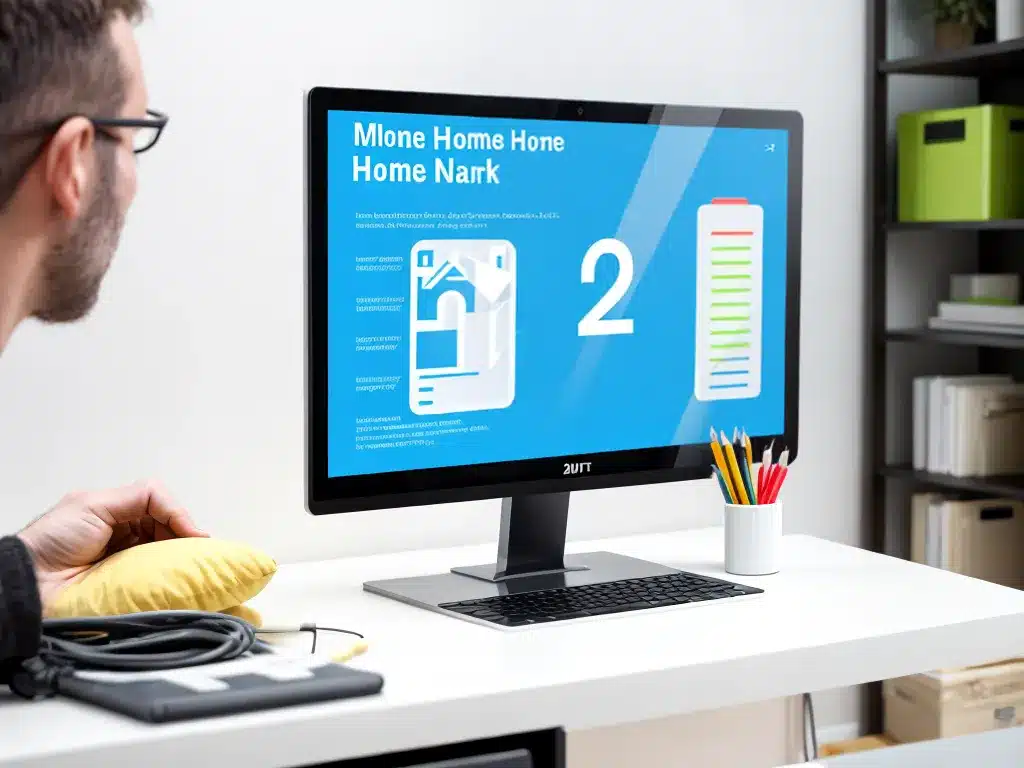Why Backing Up Your Home Network Is Crucial
Backing up your home network is one of the smartest things you can do in 2024 to protect your data and ensure peace of mind. As our digital lives become increasingly intertwined with the photos, videos, documents, and other files stored on our home computers and devices, having a solid backup plan provides essential protection against data loss disasters.
Whether due to hardware failure, accidental deletion, file corruption, ransomware, natural disasters, or theft, the causes of catastrophic data loss are diverse and unpredicatable. Without backups, irreplacable data and memories can vanish instantly and permanently. I have learned this lesson the hard way in the past, having lost precious family photos and important documents due to not backing up properly.
By implementing a robust home network backup strategy, you can defend against data loss and safeguard your digital assets. Backups give you the ability to recover previous versions of files, roll back to earlier system configurations, and generally minimize disruption in the event of problems. Backups turn a potential data catastrophe into nothing more than a minor inconvenience.
Key Elements of a Smart Home Network Backup Strategy
An effective home network backup plan does not need to be complicated, but should incorporate a few key principles:
Automated Backups
The most critical element is using automated software to regularly conduct backups in the background, removing human error from the equation. Choose a solution that effortlessly performs scheduled daily, weekly, and monthly backups of all computers and devices on your network.
Offsite Storage
In addition to local backups, your strategy should include storing copies offsite through physical drives rotated to external locations or cloud storage services. This guards against local disasters like fires, floods, and theft.
Multiple Backup Locations
Do not rely on a single backup copy. Maintain redundant backups in multiple physical locations for maximum protection. Follow the 3-2-1 backup rule: 3 total copies, 2 local and 1 offsite.
Secure Encryption
Encrypt backup files to prevent unauthorized access. Encryption transforms sensitive personal data into unreadable code that cannot be accessed without the encryption key.
File Version History
Your backup service should maintain previous iterations of files over time, allowing you to restore prior versions if the latest copy becomes corrupted or infected.
Backup Testing
Test restoration of backups regularly to verify they are working properly. Nothing is worse than needing a backup only to find it is corrupted and unusable when you attempt to restore it.
Recommended Solutions for Home Network Backup
Fortunately, creating a robust automated backup system for your home network no longer requires being a tech expert. Here are some top solutions that make the process easy and stress-free:
Backblaze
Backblaze is my personal recommendation for automatically backing up all your computers, external drives, and mobile devices. It offers unlimited storage for one low price, encrypts all data, and includes features like ransomeware protection and recovery courier service. Restoring files is easy through the online interface or by ordering a physical restore via mail.
Acronis True Image
For backing up less than five computers on your home network, Acronis True Image provides full-disk backups to local drives, network storage, or the cloud. It can make bootable copies of your operating system for disaster recovery scenarios. Solid interface and features for an on-premise solution.
CloudBerry Backup
If you want to manage your own backup storage, CloudBerry gives you the software tools to automate backups to the cloud provider of your choice like Amazon S3 and Google Cloud. Provides fine-grained control for advanced users.
Final Tips for Effective Home Network Backup
- Automate the process so backups run on a schedule without needing manual oversight.
- Verify backup integrity through periodic test restores.
- Store backups separately from your computers to avoid a single point of failure.
- Encrypt backup data for security against unauthorized access.
- Check backup logs for any errors or failed transfers.
- Keep multiple versions of files for worst-case scenarios.
Following these home network backup best practices will go a long way toward providing essential protection of your irreplaceable data. Don’t let a disaster take you by surprise – implement a comprehensive automated backup plan this year.













